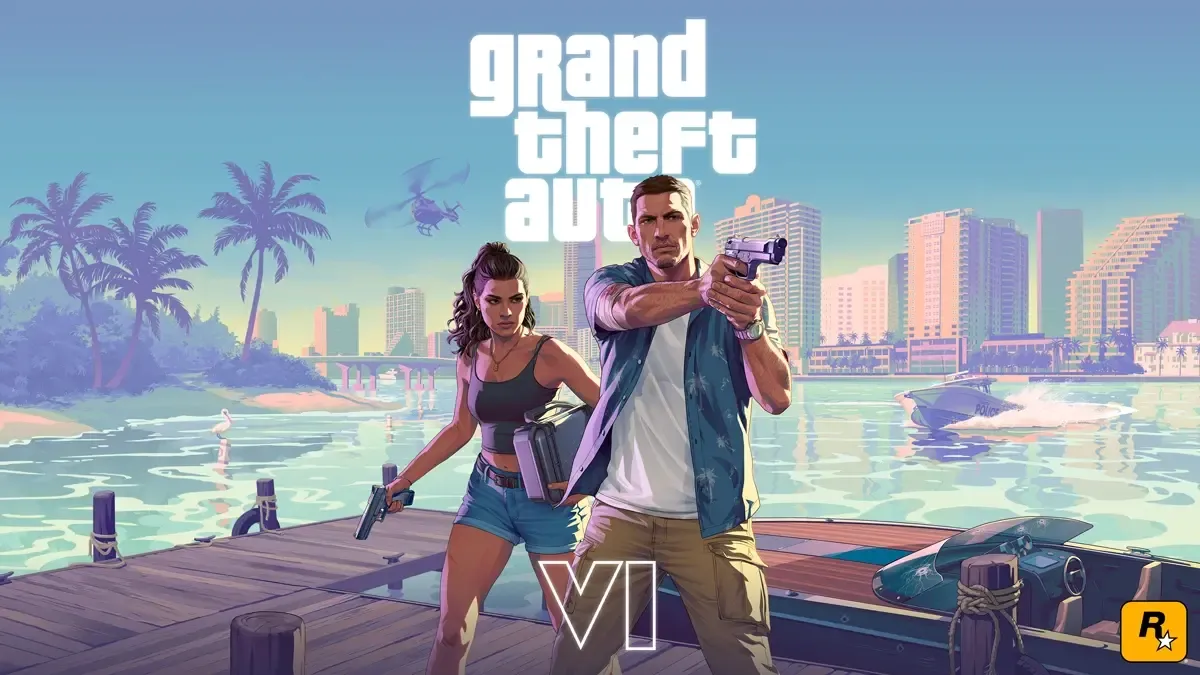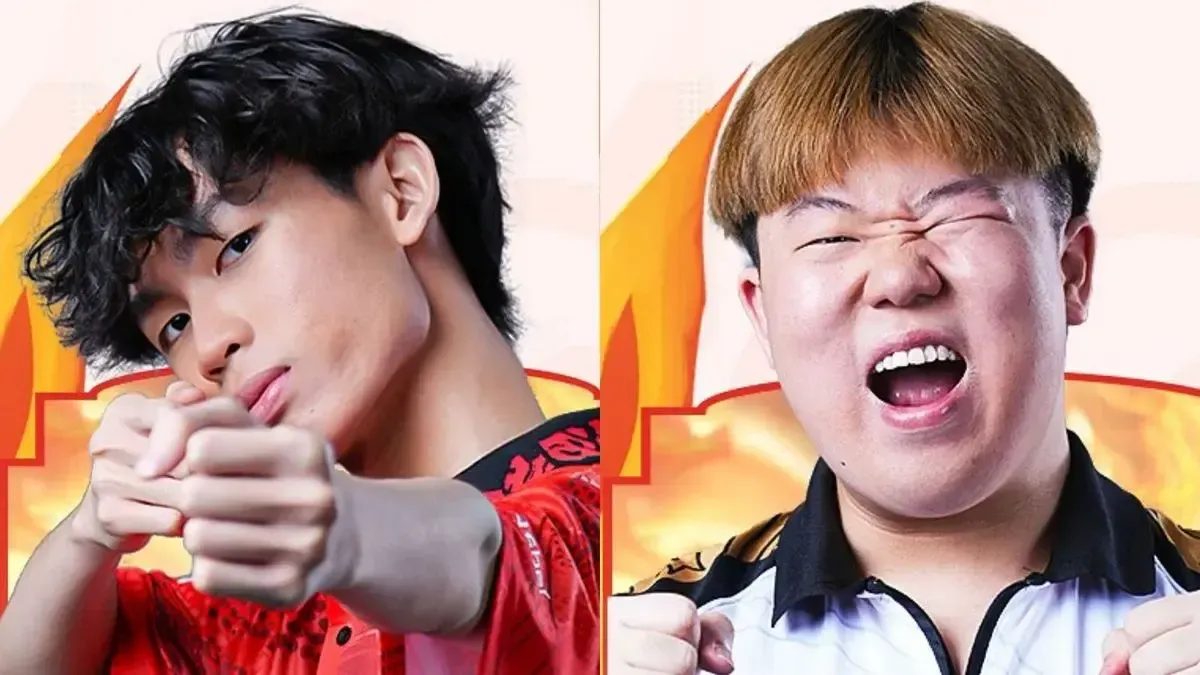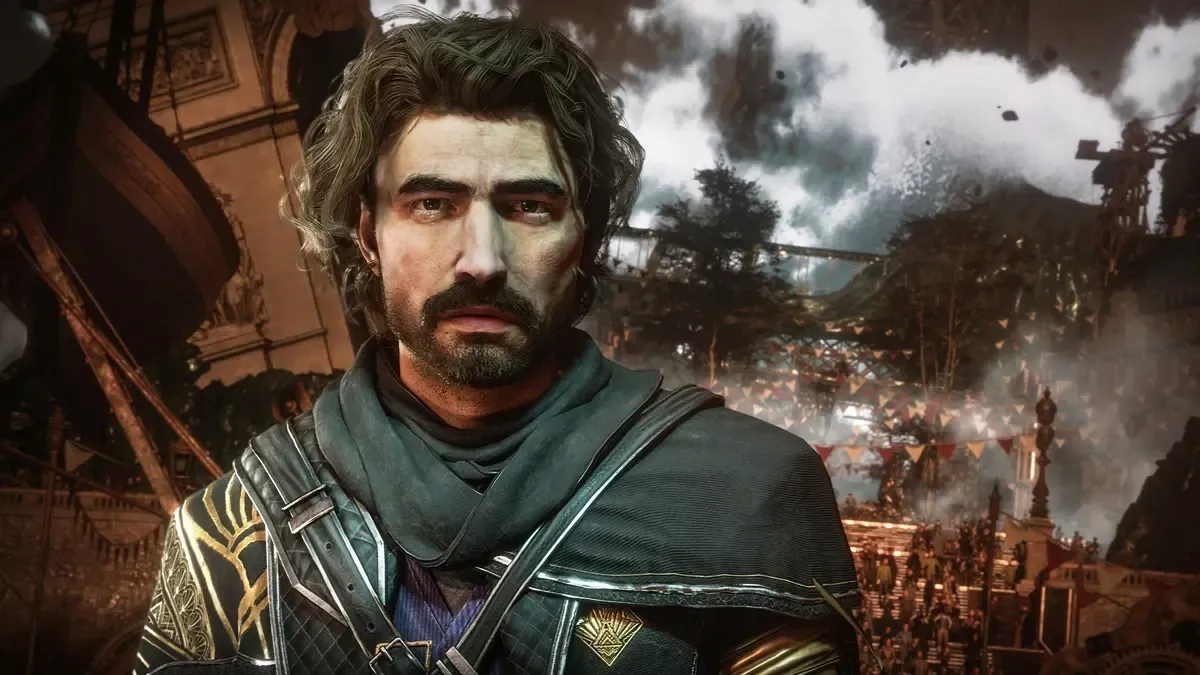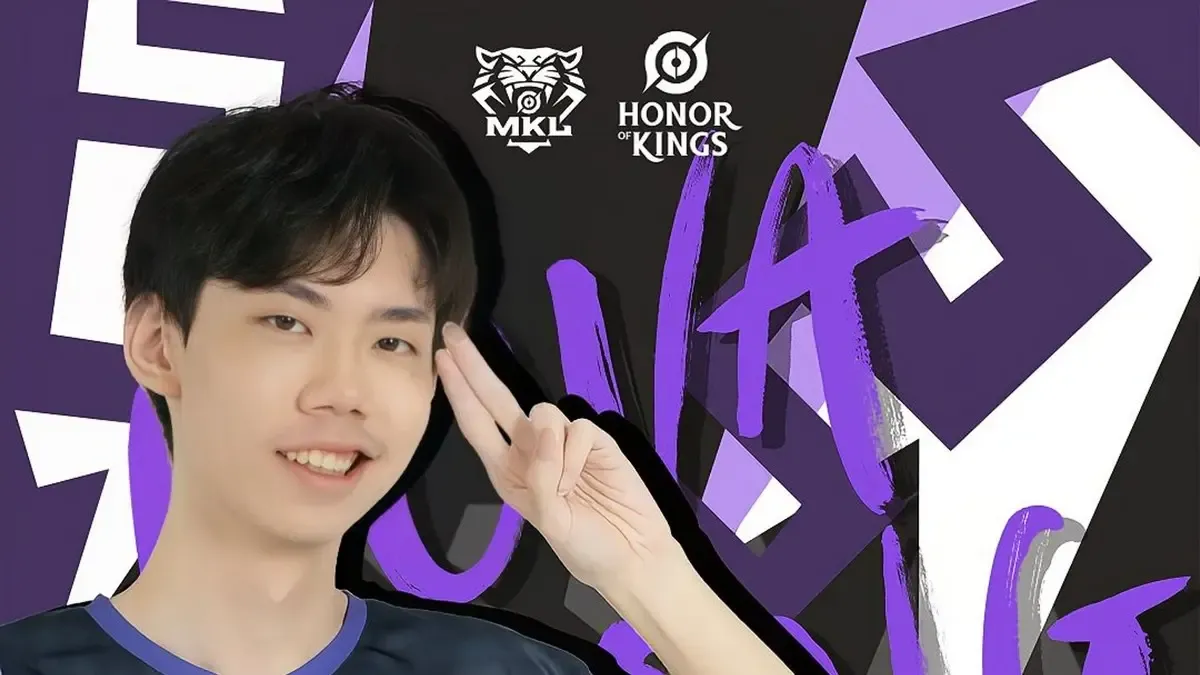Image: Netflix
Netflix’s Avatar: The Last Airbender remake clearly needed more time in the oven.
It’s difficult to not be sceptical of Netflix’s Avatar: The Last Airbender, a series that plans to move one of the best TV shows of all time away from animation and into the live-action medium. As Disney’s recent remakes and Netflix’s own Cowboy Bebop series have proven, remakes like these are surprisingly acceptable at best and at worst, crushingly disappointing for fans of the source material. Some remakes have toed the line, however. Netflix's One Piece is by no means a perfect show, but it’s arguably still the best anime adaptation one could hope for, brought to life from a pile of drawings that were never meant to be all that realistic.
If Avatar: The Last Airbender leaned more towards One Piece’s method of adaptation, I might have genuinely adored it. It’s not so much One Piece’s reverence for its source material that makes it so charming, but its intuition in knowing what needs to change and what needs to be left alone. The Last Airbender is clearly made by people who respect the source material, but don’t understand its everlasting appeal - its changes are so bafflingly far-reaching that they twist the original’s core tenets beyond recognition, its cast is utterly devoid of chemistry with one another, and its writing genuinely matches the infamous movie that precedes it at times.
What remains is a live-action remake that will only serve to remind fans of everything they loved about the original - in the same way a car might miss its wheels.
The world of Avatar in live-action (again)
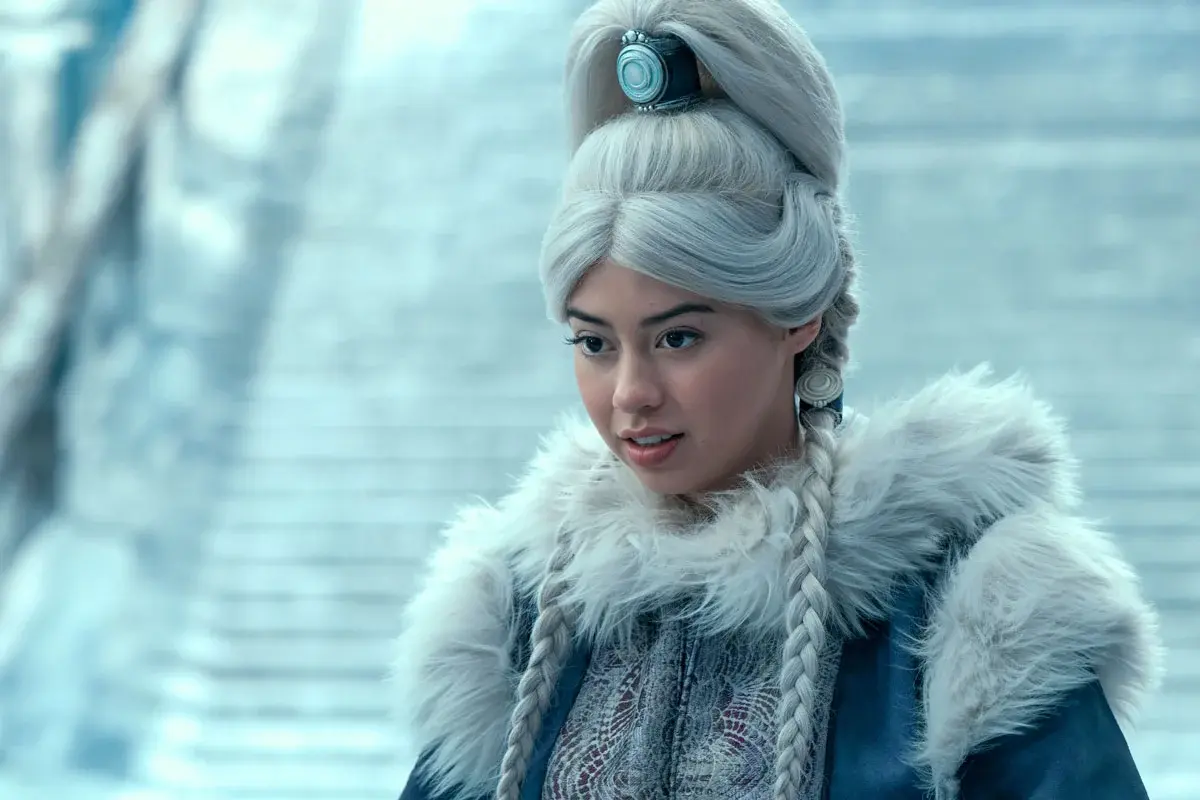
If you’ve seen the animated series (and its criminally under watched sequel The Legend of Korra), you should be well-versed in its fantastical setting by now. Regardless, viewers will be quickly caught up to current events, as the cast spends most of these first few episodes taking every opportunity to trade mounds of expository dialogue like they're trying to unburden themselves of it all. We learn that this world is divided into four nations built by superpowered benders who control one of four elements: earth, wind, fire or water. The Avatar is the only person alive capable of mastering all four elements and using them to maintain world peace, but he has been missing for the last century.
In his absence, the Fire Nation have conquered most of the world with the might of its military, eradicating airbenders from existence and isolating the Earth and Water nations in their own corners of the world. The animated series kicked off with the airbender Avatar Aang being freed from icy imprisonment by Southern water tribe dwellers Katara and Sokka, but the live-action series takes a different route by showing us the decimation of Aang’s home and friends first.
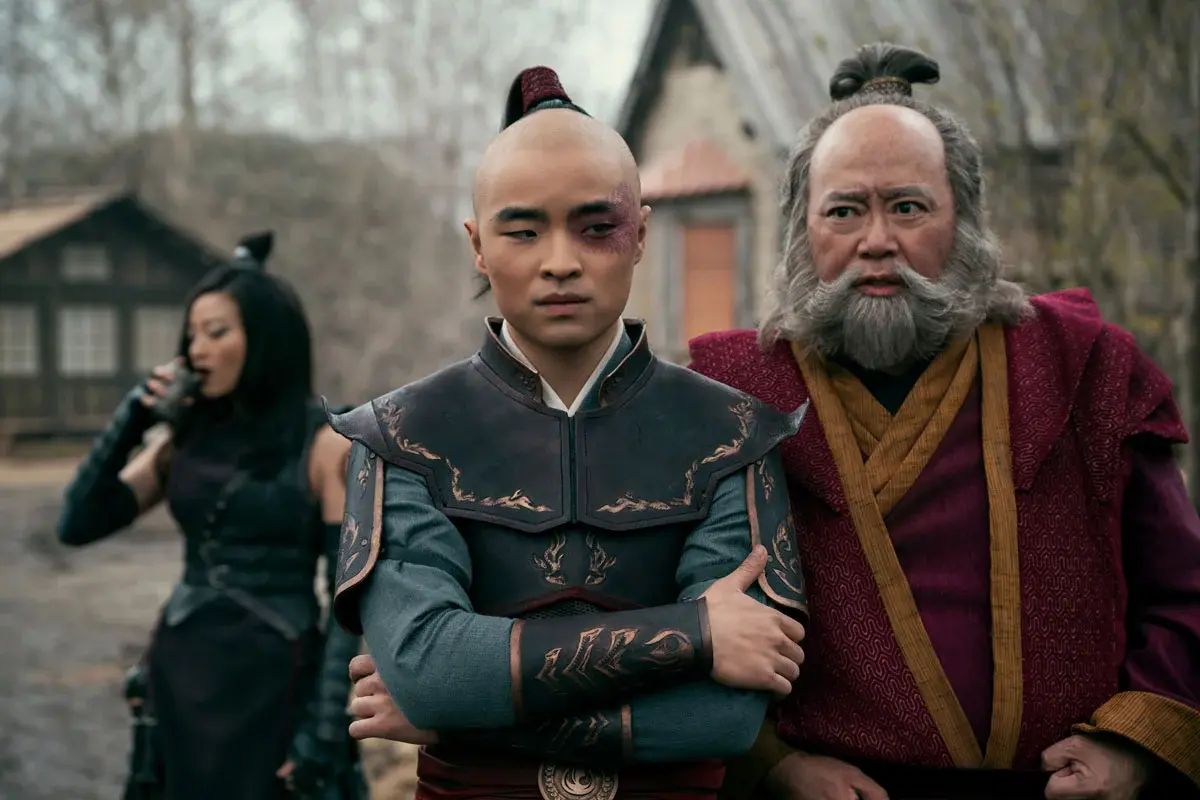
In the animated show, it’s a big deal that Aang fled the air temple out of fear for his new responsibilities as the Avatar, only to return to his destroyed home a century later and be wracked with grief. Katara calms him down and assures him that he still has a family in her and Sokka, and it is in this moment we see the trio’s friendship fully materialise. In the live-action show, Katara doesn’t calm Aang down. He simply recalls a cherished memory with his former mentor and snaps out of it. The series continuously veers off course in small ways like this, undermining the character work originally put in to make its cast so loveable.
That's not to say that Netflix's live-action adaptation wasn't made with love - it just misses the point very often. Costuming and practical sets are largely faithful to the original, breathing life into Avatar’s wholly unique fantasy world. There are moments in ‘Omashu’ and ‘Legends’ that genuinely wowed me, with shot-for-shot recreations of locations like King Bumi’s city and the Northern Water Tribe’s home. Other times, like in the Spirit World-set ‘Spirited Away’, the show’s uneven CG work rears its ugly head. The show’s wigs and costumes bring these characters closer to their animated counterparts, but fall just short. The clothes Katara and Sokka wear look too thin and cheap to keep them warm in the South Pole, and Yue’s wig looks laughably stiff and plasticky, for example.
It’s clear that not everything from the original can be fully translated to live-action on a streaming budget, which is why most fans were sceptical of this project to begin with.
What happened to these characters?
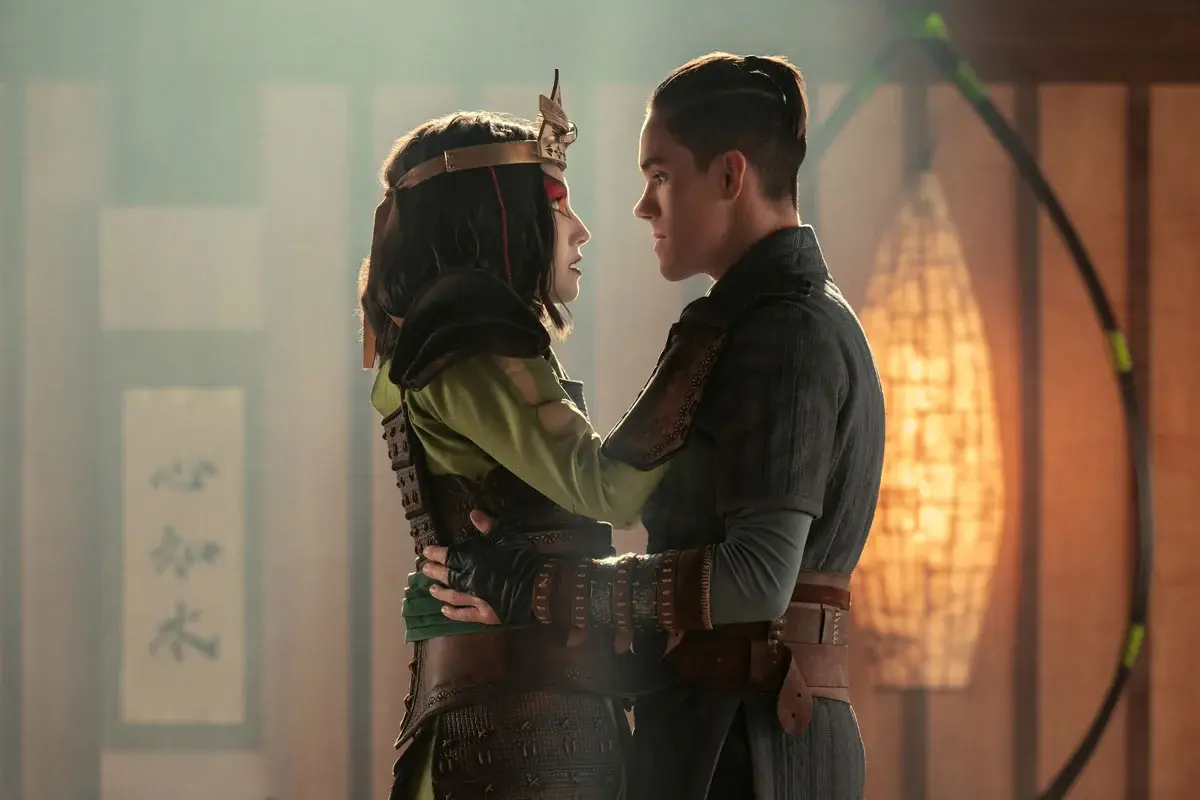
I can see viewers forgiving Avatar: The Last Airbender for its poor aesthetics, but the quality of its writing is a lot harder to get behind. First, we address the elephant in the room: Sokka’s misogyny has been written out of this adaptation, in a bid to reduce how problematic he was in the original series. The real problem here is that the series fundamentally misunderstands Sokka’s journey - much like Zuko, Katara, Toph and most of the cast, he comes into the story as a young teen with little care for introspection of his behaviour. It only takes four episodes for him to meet Suki and the Kyoshi Warriors, and subsequently be humbled by them.
Netflix’s Avatar has a different story to tell. In this show, Sokka is much more open to the Kyoshi Warriors’ way of fighting and learns from them openly. Suki is immediately lovestruck at the sight of Sokka and after an invasion from the Fire Nation, the two part with a kiss. Sokka doesn’t grow in this episode because he doesn’t have any personal bias to overcome, and Suki doesn’t have any real motivation to prove herself to him beyond wanting to impress a boy. The shared rivalry they had is gone, and in its vacuum, the relationship they share becomes less believable, yes, but also much less interesting. A slightly less important sidenote: the fact that she takes her makeup off in front of him here ruins a great moment later in Season 2, where she reunites with Sokka barefaced and he doesn’t recognise her.
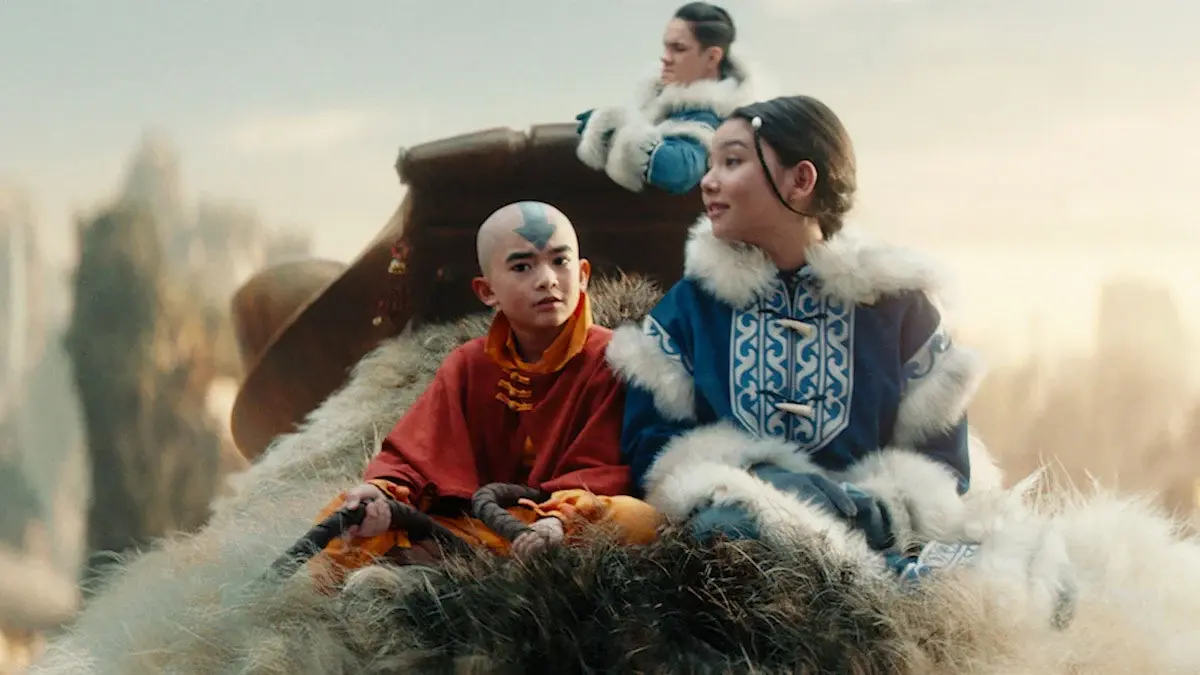
The Avatar franchise is home to some of the most iconic characters in the animated medium, but the original series only had 20 minute lots to tell stories with them at a time. Even with Netflix’s extended hour-long runtimes, the core trio - Aang, Sokka and Katara - barely resemble their animated counterparts. The chemistry between this group should be the core of the series, but Aang hardly interacts with either of his friends outside of high-stakes situations. Sokka and Katara get more screen time together by comparison, skating due to their already existing sibling dynamic. They constantly refer to each other as friends, but for all their travelling and adventures together, we don’t actually see a friendship develop between Aang and the siblings. There's a lot of telling but not nearly enough showing happening here.
All the more surprising then, are the few things this show gets right. Zuko’s relationship with the soldiers on his ship is more thoroughly fleshed out in this adaptation, giving viewers a clearer look at the morals that guide him - and the complex family dynamics that threaten to ruin him. The series’ short episode count also necessitates cuts in the original story, and some of them work out pretty well. ‘Omashu’ condenses several episodes’ worth of story into one, which should spell disaster, but ultimately leads to one of the more dynamically plotted episodes of the series. Alas, by picking out only the most plot-relevant events to adapt into live-action, the series misses out on the hijinks and banter that would have endeared fans to its cast.
Comparing the original series to this adaptation is an exercise in frustration. It mostly leaves me befuddled over the adaptation’s choices, visual or otherwise. The one qualm that truly sticks with me is that these characters do not come close to the ones I loved and grew up with. The edges of these characters have been sanded off in a bid to mold them into more likeable role models, but all we are left with are three unremarkable vessels of diegesis. Where the original series prioritised its character work, the Netflix series is obsessed with moving the story forward at the expense of its cast. A bitter mistake to make because, if Avatar had nothing else, it had one of the best TV casts of all time.
Verdict
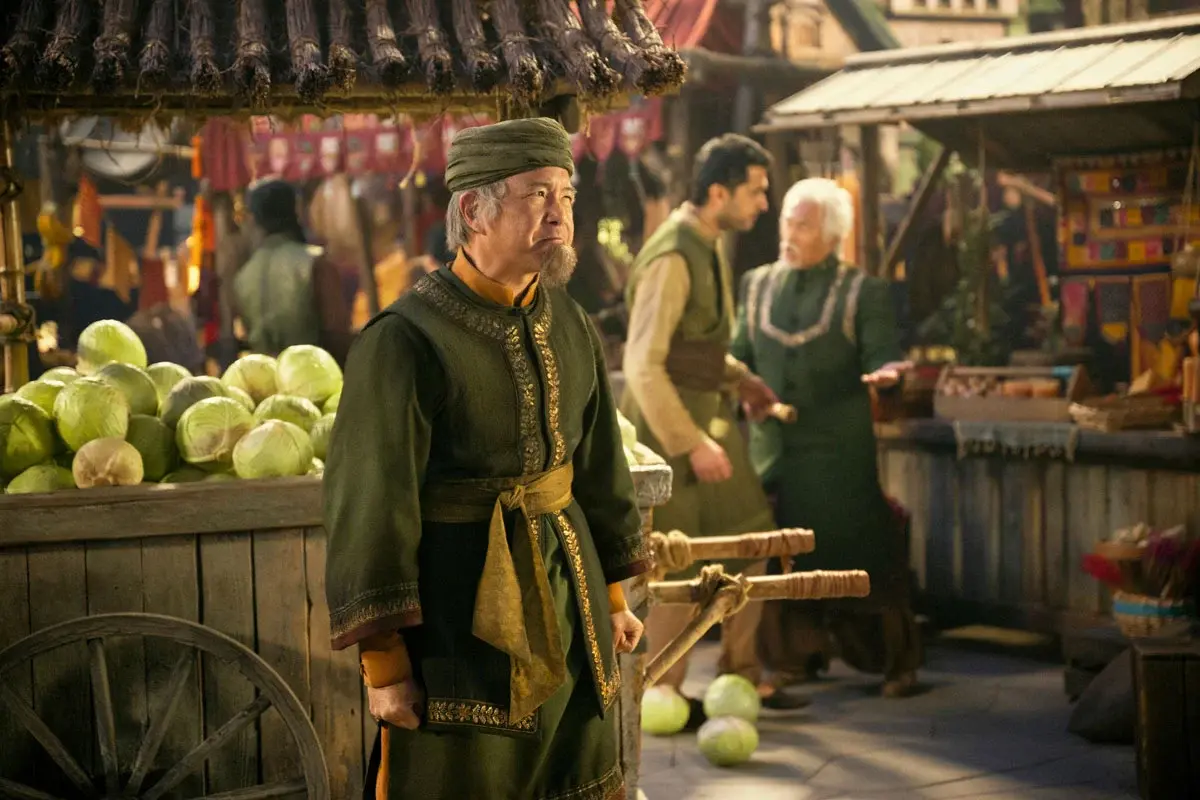
It’s a difficult thing to improve upon perfection, so I can’t fault the creators of Netflix’s Avatar: The Last Airbender too much for fumbling this adaptation. Perhaps this series will reignite interest in the franchise, and we’ll all come together in a happier way when the animated sequels start arriving in theatres next year. For now, Avatar fans will have to settle for this, at best, middling reinterpretation of a timeless story in place of new instalments in the franchise.
Remakes do have value beyond nostalgia, as long as they have something new to say about the material they’re drawing from. Netflix’s Avatar: The Last Airbender not only has nothing new to say, but much less to say altogether than its predecessor.


